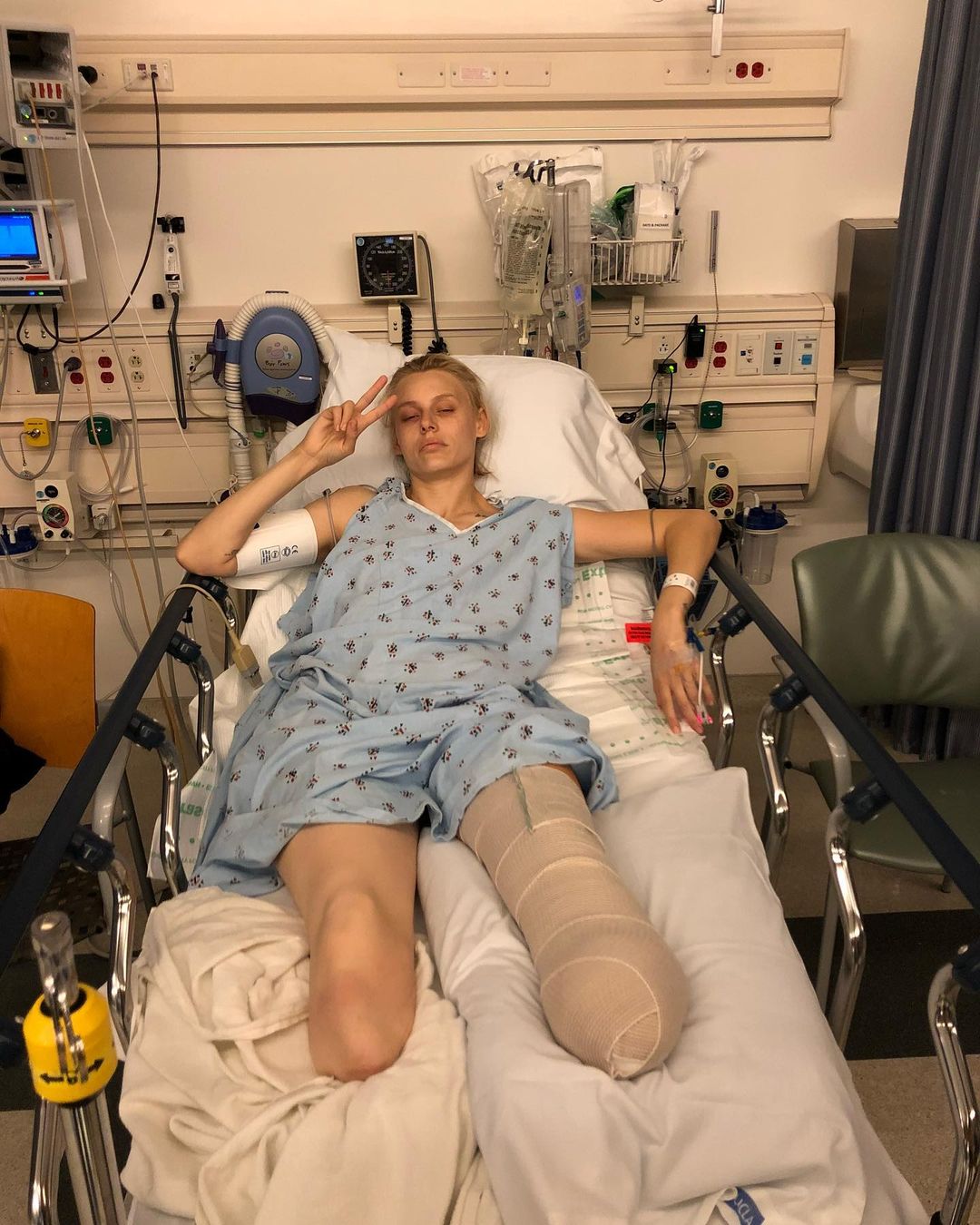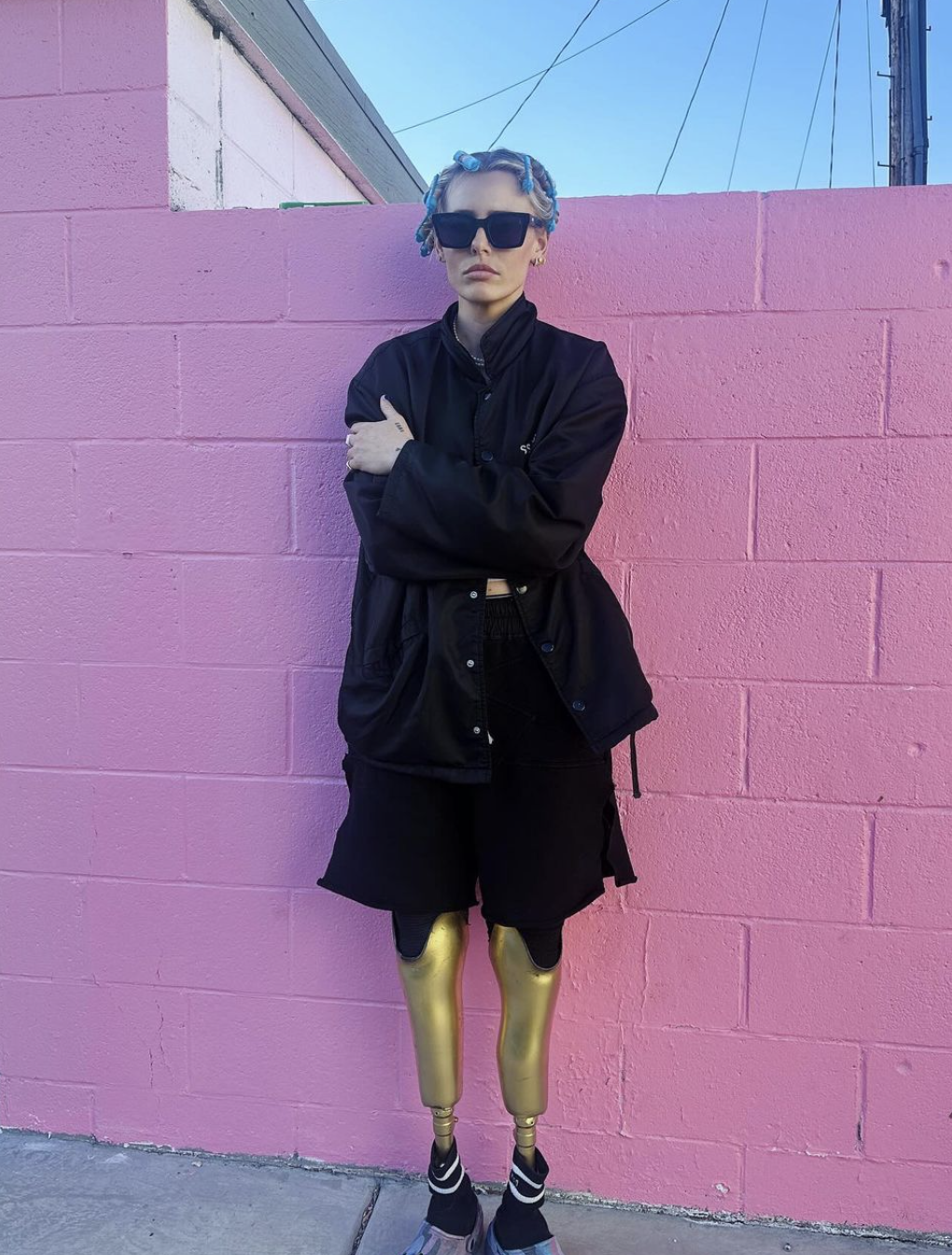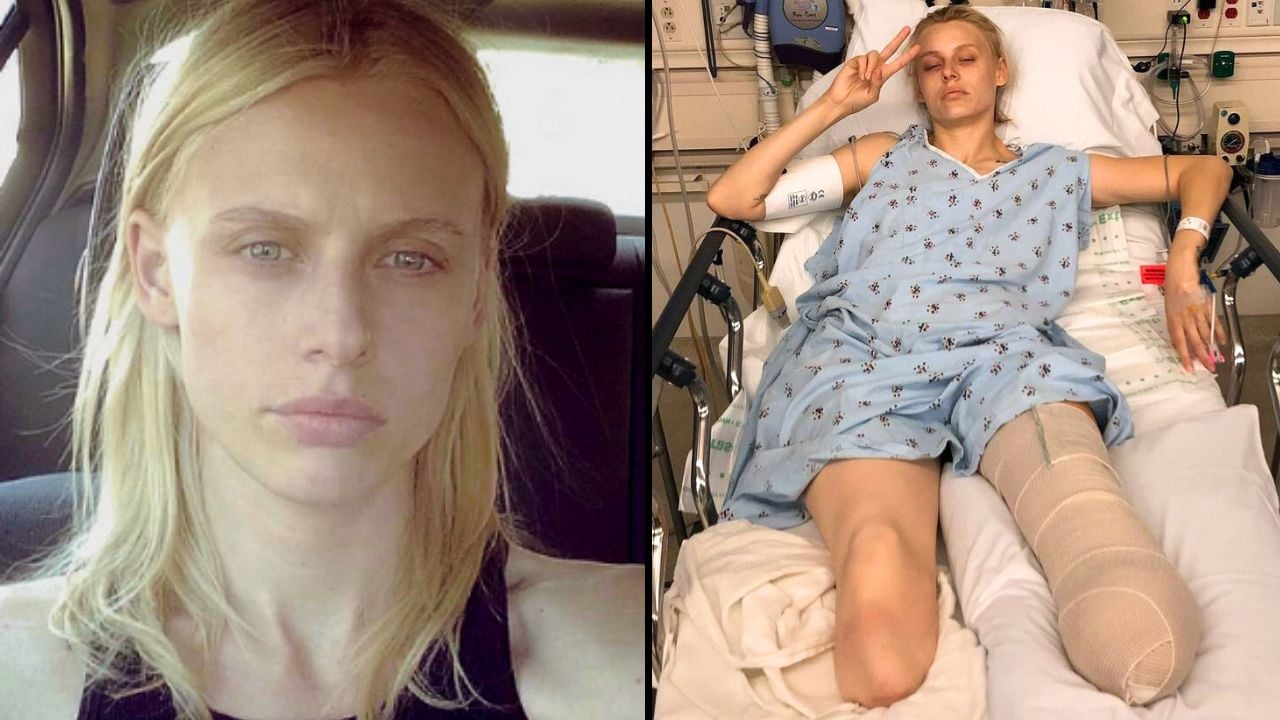A woman’s life changed forever after using a tampon as instructed.
Tampons, the go-to menstrual product for many, promise ease and freedom during that time of the month.
Indeed, these tiny absorbent wonders do allow many to go about their daily routines uninterrupted.
However, it’s crucial to be well-informed about how to use them safely, understanding both the benefits and the risks involved.
Lauren Wasser had used tampons according to the guidelines, yet she suffered a catastrophic health crisis and is now raising awareness about the potential dangers.
Wasser’s ordeal has sparked a wave of sympathy and concern online.
One person shared, “Listened to her on a podcast, such an awful story. This could happen to any woman at any time.”
Another expressed gratitude, saying, “Thank you Lauren for being brave enough to share your story even if it only helps one person you have succeeded.”
A third commenter reacted with disbelief: “Omg, that’s so scary.”

In 2012, at the age of 24, Wasser was diligent about changing her tampons every four hours, aligning with health recommendations.
“You should change your tampon regularly – around every 4 to 6 hours depending on your flow,” the NHS advises.
But soon, Wasser started feeling like she had the flu, and her condition quickly escalated to life-threatening.
After spending a day feeling unwell, her friends suggested she rest. As hours passed without word from her, her mother grew anxious and called the police to check on her.
An officer who visited noted her ill appearance but didn’t deem it an emergency that required hospitalization.

Now 36, Wasser shared on the Life Uncut podcast how dire her situation became. “I was extremely hot. By this time I was developing a 41.5C (107F) fever so I wanted all of my clothes off,” she recalled.
“My dog was jumping on me ferociously and barking at me. She knew something was wrong. My body was shutting down.”
She was discovered collapsed on her floor, moments from death, and was immediately rushed to the hospital.
There, her condition worsened: she suffered two heart attacks, kidney failure, and tissue decomposition, according to The Sun.
The medical team gave her a slim chance of survival and braced her family for the worst. “They couldn’t figure out why this young, healthy 24-year-old girl was dying before them,” Wasser explained.

Despite all efforts, the damage to her limbs was too severe. Wasser ultimately had her right leg amputated below the knee, lost some toes and part of her left heel, reports MailOnline.
In 2018, she chose to have her left leg amputated as well due to ongoing severe pain.
“Everything happened so fast,” she said. “My life, within 24 hours, completely changed and there was no going back.”
Doctors later confirmed that Wasser had developed toxic shock syndrome (TSS), a rare but deadly condition.
The NHS explains, “Toxic shock syndrome is a rare but life-threatening condition caused by an infection. It can happen when using a tampon or menstrual cup, or from an infected wound. Symptoms develop quickly and you need urgent treatment.”
Though TSS is rare, affecting about one in 100,000 menstruating people in the US annually, according to Clue, it remains a significant risk.

Today, Wasser is known as the ‘girl with the golden legs’ and has made strides as a model, walking for Louis Vuitton and being featured in Vogue, Harper’s Bazaar, and Glamour.
Now 36, she stresses the importance of TSS awareness, stating, “Every single person needs to be aware of this. People think they’re invincible but no one is off limits.”
Wasser, who now uses only period pads, is keen to correct misconceptions about TSS, emphasizing that it can occur even with correct tampon use.
The Cleveland Clinic notes, “There isn’t a set time for when symptoms of TSS start after using a tampon.”
Wasser passionately shares, “We’re putting that inside of us at such a delicate time and it creates a perfect storm. It takes one of those toxins to get inside your body and start acting like the flu and shutting down your organs, it’s lethal, it’s dangerous.
“It’s my goal and life mission to make sure that not only is this information out there but women have these conversations amongst each other, create the dialogue and check in with each other because knowledge is key.”

